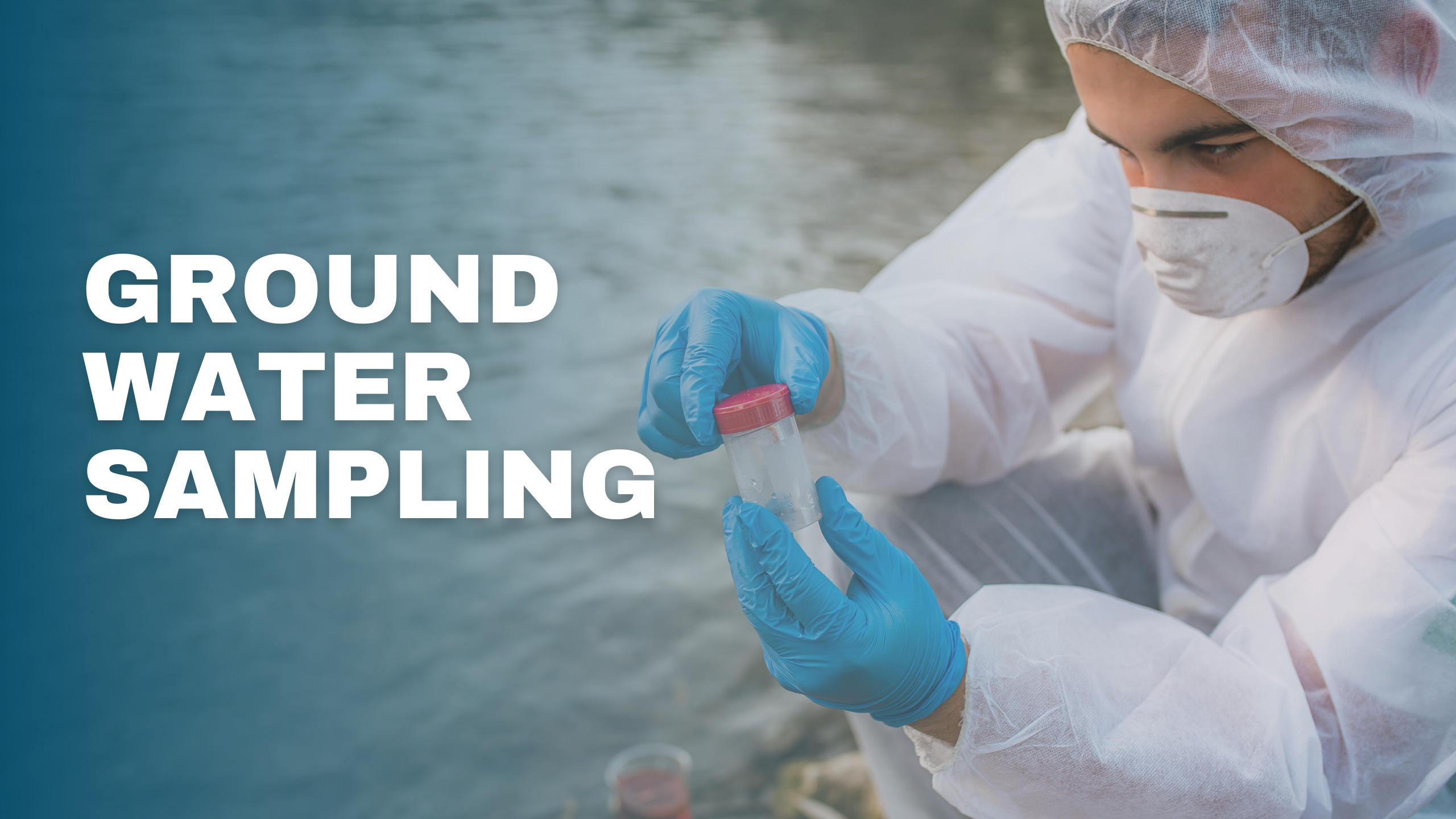Groundwater sampling is an important part of environmental investigations, remediation, and monitoring programs. To collect accurate and representative samples, various sampling techniques are used, depending on the specific goals of the program and the characteristics of the aquifer. In this context, we have defined and explained some of the most common groundwater sampling techniques that we use here at CRG Texas.
Learn more about each method below:
1) Low Flow Low Stress Sampling:
A sampling technique used to collect groundwater samples at low flow rates and with minimal disturbance to the surrounding aquifer. This method is often used to reduce the introduction of turbidity and other contaminants during the sampling process.
2) Hand Purge Total Fluids Bailing:
A manual sampling method used to collect groundwater samples from wells. The technique involves using a bailer to remove water from the well, which is then collected and analyzed.
3) Discreet Packer Pump Sampling:
A sampling technique used to collect groundwater samples from discrete intervals within a well. This method involves placing a packer at the desired sampling depth and pumping water from the isolated zone using a submersible pump.
4)Passive Diffusion Bag Sampling:
A sampling technique used to collect groundwater samples for volatile organic compounds (VOCs) analysis. This method involves placing a diffusion bag in the well and allowing VOCs to passively diffuse into the bag over a period of time.
5) Peristaltic, Submersible, and Bladder Pump Sampling:
These are different types of pumping systems used for groundwater sampling. Peristaltic pumps use rollers to compress tubing and create a vacuum to pull water up from the well. Submersible pumps are placed directly in the water and use impellers to pump water to the surface. Bladder pumps use a flexible bladder to pump water from the well. All of these methods can be used for both low flow and high flow sampling, depending on the specific requirements of the sampling program.
Bottom Line
Choosing the right sampling method is crucial to obtaining reliable and relevant data for environmental investigations and remediation projects. By understanding the advantages and limitations of each sampling methods, environmental professionals like us can design effective and efficient sampling programs that will meet our clients project objectives and comply with regulatory requirements.

